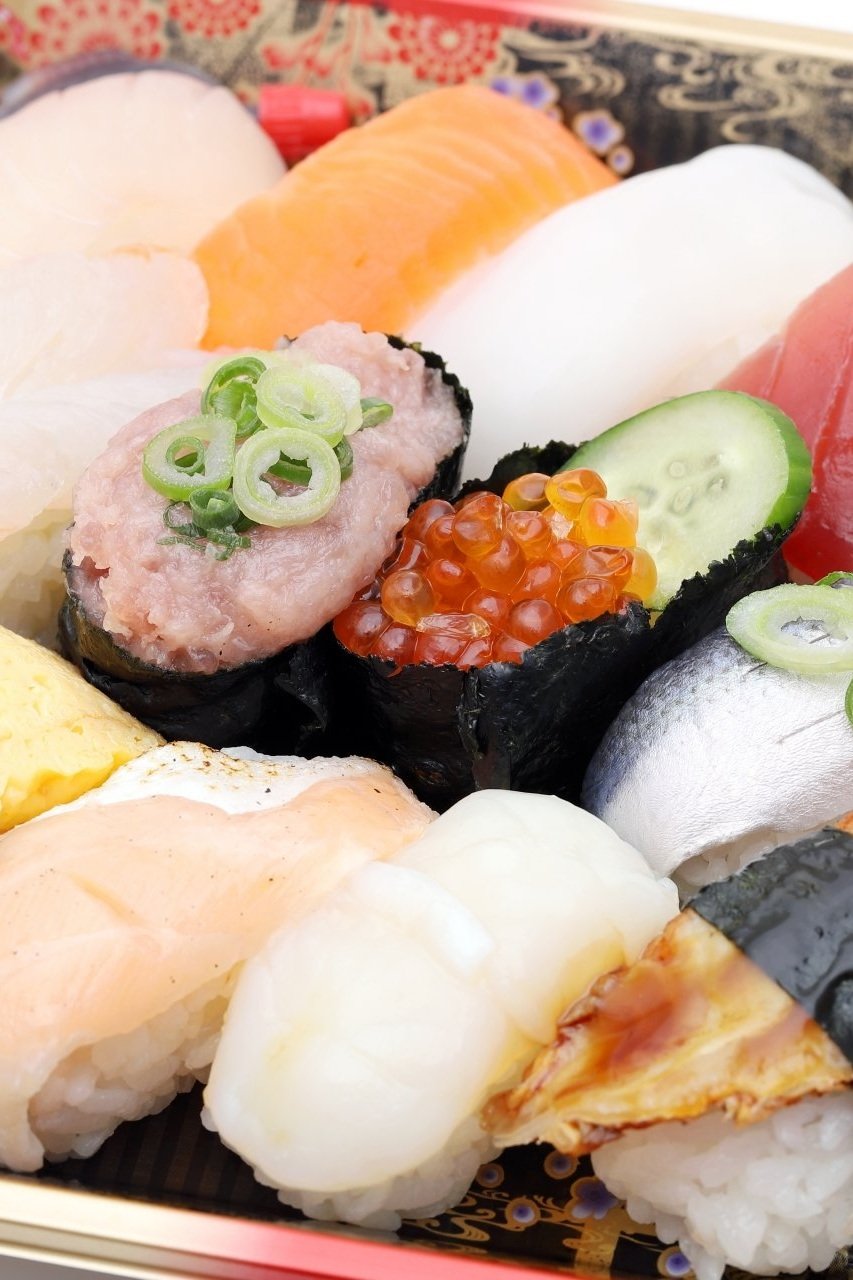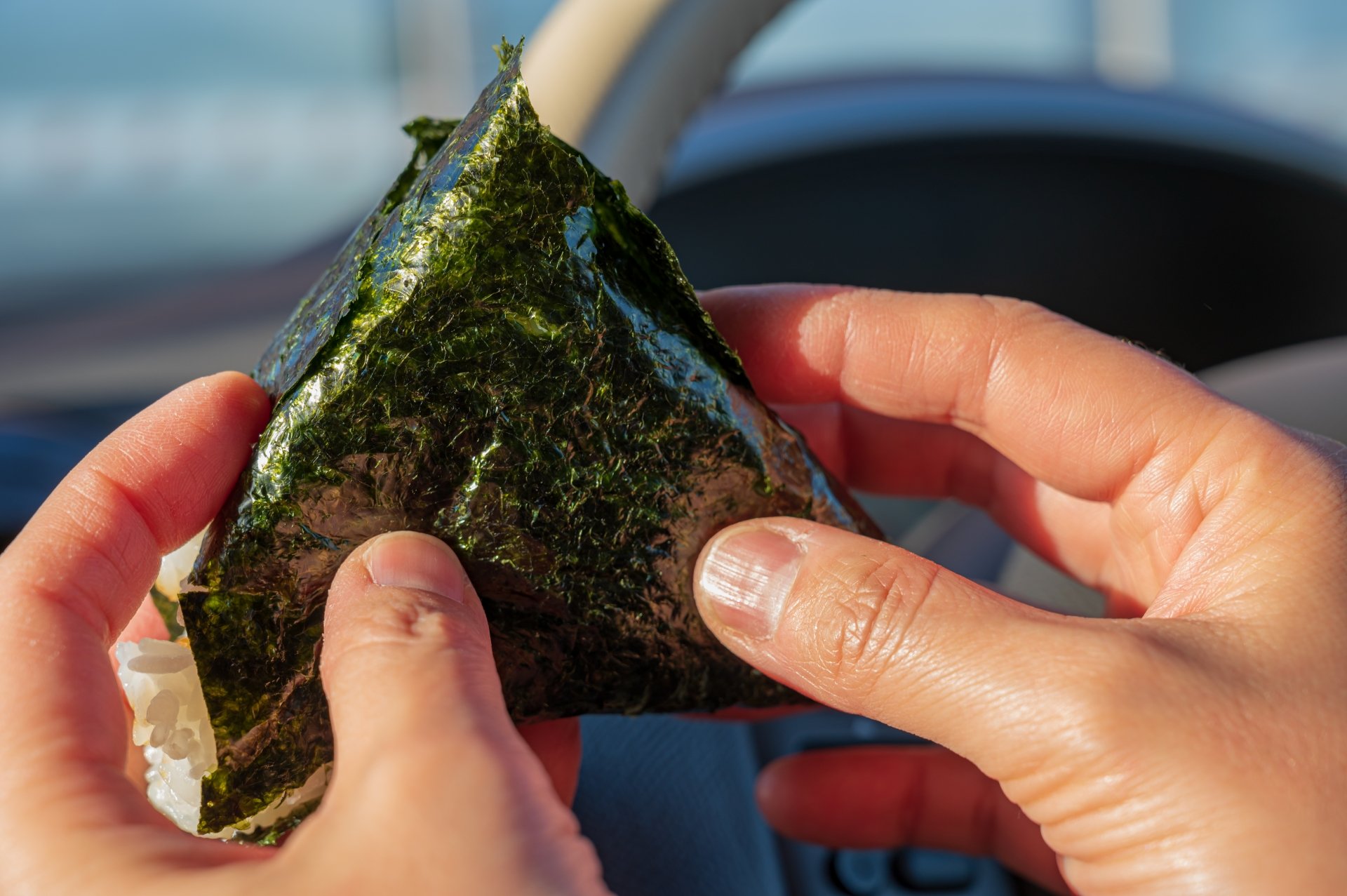A Brief Love Letter to Japanese Convenience Stores
by Laura Studarus
Don't overlook these common, low cost snack stops
“A convenience store is not merely a place where customers come to buy practical necessities,” Japanese author Sayaka Murata writes in the opening pages of her smash hit book, Convenience Store Woman. “It has to be somewhere they can enjoy and take pleasure in discovering things they like.”
This description might be a touch romantic. (The Akutagawa Prize-winning novel goes on to tell the story of an unnamed convenience store worker who as an unmarried 36-year-old woman struggles to find her place in society outside the store.) However, there is something to be said about Japan’s unique relationship with their fleet if convenience stores. As someone who has spent their life equating fast food with low quality—think Slurpee machines and greasy hot dogs rolling around under a heat lamp—I was surprised on my first trip to Japan to discover that these stop and shop locations offer more than empty calories, even if I’m always happy to grab items like potato chips in local flavors like ume, mayonnaise, and soy sauce. They’re also a wonderful source of my favorite Japanese delicacy: matcha. Cookies, cakes, ice cream–each store contains an ocean of sugar in Japan’s flavor of choice.
Family Mart, 7-11, and Lawson claim the majority share of the Japanese convenience store or “konbini” market. And because they’re literally everywhere (yes, literally), the shops are an excellent entry point to both Japanese culture and food. After multiple visits to Japan, onigiri (rice balls), ready-to-go udon noodles, egg salad sandwiches, and buns with flavors like pizza, sweet bean, and three-cheese have became my favorite foods, even when other options are available. Maybe it’s not quite the utopic experience that Convenience Store Woman had led me to believe, but as someone who’s still unfamiliar enough with the currency that I often need help counting my change, being able to grab a cheap—and tasty—meal felt like a win.
Convenience stores are a fascination I share with plenty of my friends. Whether it’s Pocky, a rainbow of Kit-Kats, novelty Coke flavors, or even dorayaki (pancakes filled with red bean), my suitcase is often stuffed in my quest to supply their snacking needs.
While the novelty factor for visitors is high, konbini are more than a place where locals stop when they’re in the mood for a treat. With their pure ubiquity (Lawsons—for example—has over 1,463 Tokyo-area stores), they’ve become a hub for daily life. And with people stopping by multiple times per week, new items, sometimes over 100 per month, are constantly introduced, marked with a big red sticker announcing its status as 新発売 (“now on sale”).
Some of the new offerings are seasonal—stop by any store during sakura season and you’ll see an abundance of limited edition pink snacks to mimic the vibrant blossoms blanketing the country. And while Christmas is more about fried chicken than Santa, you can usually count on a slate of winter-themed treats. But their frequent turnover is also a matter of evolving tastes, like the rise of ready-to-eat options in the 1970s, as more Japanese women entered the workforce and dual-income households became more common. Or more recently, Lawson’s onigiri/bun hybrid, small rice patties that allow for meal customization. (Don’t worry—they sell fried chicken and salmon too.)
Konbini have become such an important part of Japanese people’s lives, that they even exist in the multiverse. But in the real world, part of their enduring popularity is because (unlike their counterparts aboard) they’ve diversified their services. Outside of food, convenience stores are hubs where you can buy tickets to local events on automated terminals where English is a language option, make copies, send faxes, pay bills, buy clothing basics like socks, and (to the joy of any traveler) use their free wifi. The majority of shops are open 24 hours per day, which means whether you’re having a fun night out and need a hang-over busting snack, or just realized you need to print a boarding pass at 4am, they’ll be ready.
Despite my best attempts, I’ll probably never fully become one with Japanese convenience stories quite like Murata’s heroine. But I do identify with her enthusiasm. From the tinkle of the door chime to the beeps of the barcode scanners (sounds peppered throughout the book), there’s a sense of order, and an unspoken promise that whether it’ your first or last stop in the country, you’re headed in the right direction.
Explore Hokkaido Tours.









